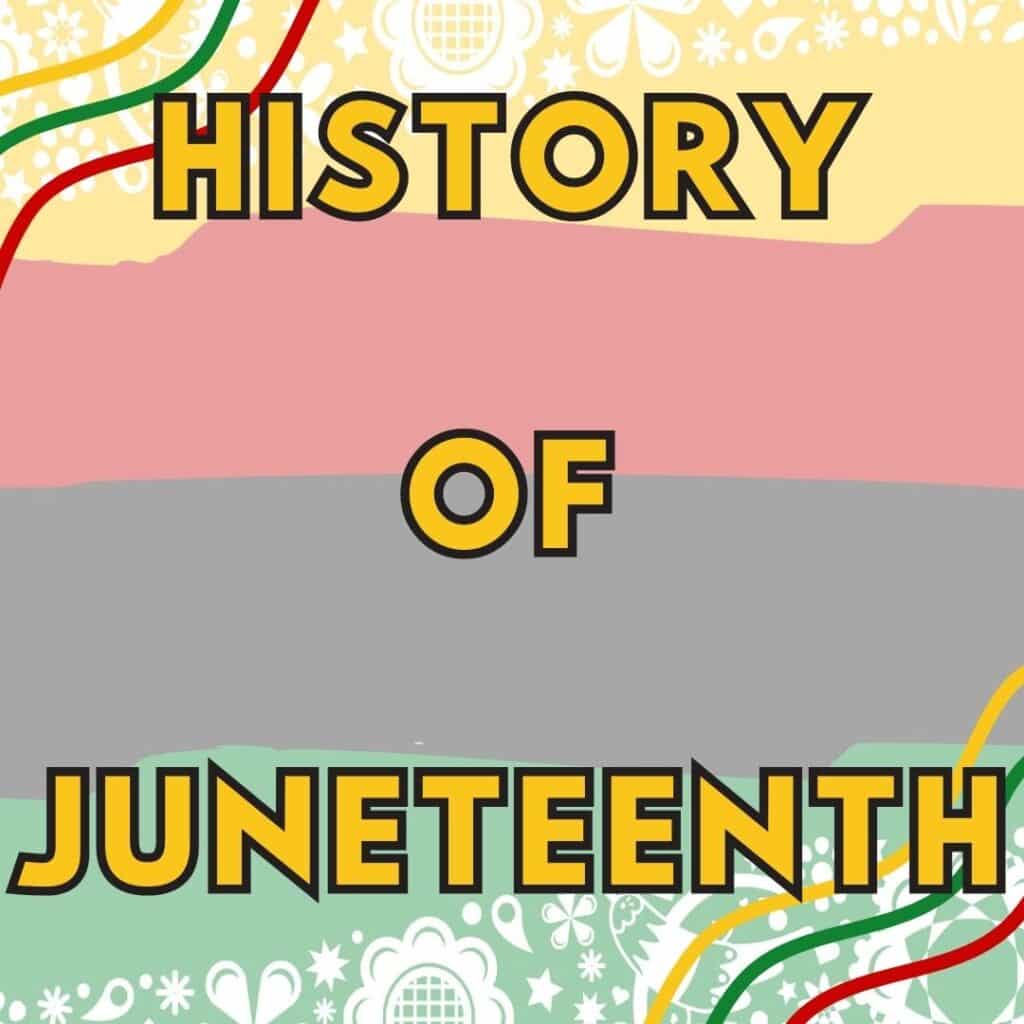
History of New Years
Five! Four! Three! Two! One! Happy New Year! The familiar sounds of party blowouts and noisemakers fill the air as Auld Lang Syne plays softly in the background. Everyone is making New Year’s resolutions with intentions to be healthier and more organized. Exercise equipment, protein shakes, and cleaning supplies in bulk deck the halls of your local department store. And there is the newest phenomenon of deciding which items bring you joy and which ones don’t.
Sounds familiar, no? All of these things I bet you and your students know well, but many students will be shocked to learn that the New Year was not originally celebrated on January 1st. In fact, it didn’t even originate in North America! Akitu, the massive Babylonian celebration, occurred around the Spring Equinox. However, it was Julius Caesar who changed the holiday to January first. Later, the New Year was then changed by the Catholic Church because of its Pagan origins, and was changed back to March. However, Pope Gregory XIII instituted the Gregorian calendar, moving the New Year back to January 1st.
New Year’s Day celebrations are interesting and fun to study in the classroom and make for a great start to the new term! To make sure my students know the REAL story of how holidays come to be celebrated, I created a lesson that explains the origins of New Years making sure that many cultures are represented, because if it just includes a whitewashed version, it is doing us all a disservice. Many cultures should be represented in lessons, especially ones about holidays.
Activities
In the History of New Years, students will participate in the following engaging activities:
History of New Years Video Notes
History of New Years WebQuest
Writing Craftivity
Writing craftivity makes a perfect addition to your classroom walls!
No-Prep
The beginning of the year is especially busy for teachers with lesson planning, so to make it just a bit easier for you, I have included the answer key and provided both digital and paper versions making it perfectly adaptable for distance learning, in-person learning, and even a hybrid of both!
Upon purchase, you will receive a link that takes you right to Google Drive and prompts you to make a copy. {That way you can save it to your personal Drive and use it over and over!} If you’re assigning this through Google Classroom, you can easily create an assignment and attach the Google Slides file. {Make sure you select “Each student gets a copy”!}
I really hope you and your students enjoy learning about how this traditional holiday came to be, it sure is a fun one! May your year be filled with health and happiness!
Looking for more?
| Cookie | Duration | Description |
|---|---|---|
| cookielawinfo-checbox-analytics | 11 months | This cookie is set by GDPR Cookie Consent plugin. The cookie is used to store the user consent for the cookies in the category "Analytics". |
| cookielawinfo-checbox-functional | 11 months | The cookie is set by GDPR cookie consent to record the user consent for the cookies in the category "Functional". |
| cookielawinfo-checbox-others | 11 months | This cookie is set by GDPR Cookie Consent plugin. The cookie is used to store the user consent for the cookies in the category "Other. |
| cookielawinfo-checkbox-necessary | 11 months | This cookie is set by GDPR Cookie Consent plugin. The cookies is used to store the user consent for the cookies in the category "Necessary". |
| cookielawinfo-checkbox-performance | 11 months | This cookie is set by GDPR Cookie Consent plugin. The cookie is used to store the user consent for the cookies in the category "Performance". |
| viewed_cookie_policy | 11 months | The cookie is set by the GDPR Cookie Consent plugin and is used to store whether or not user has consented to the use of cookies. It does not store any personal data. |